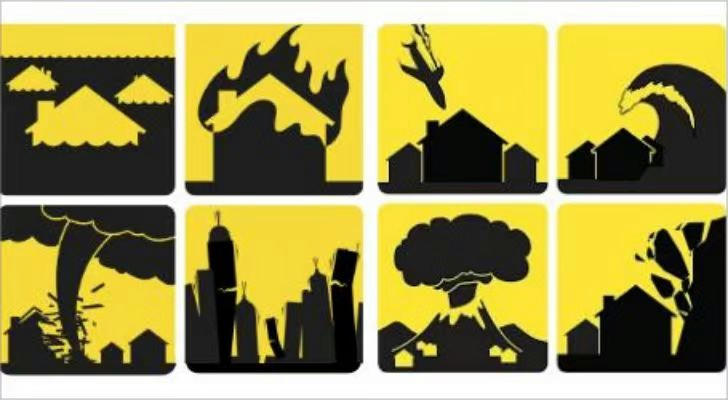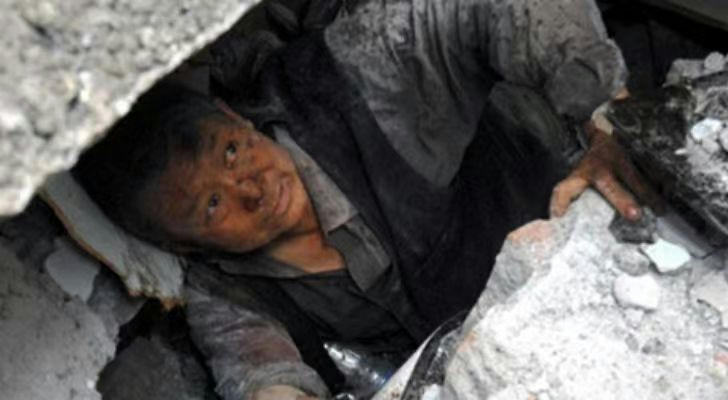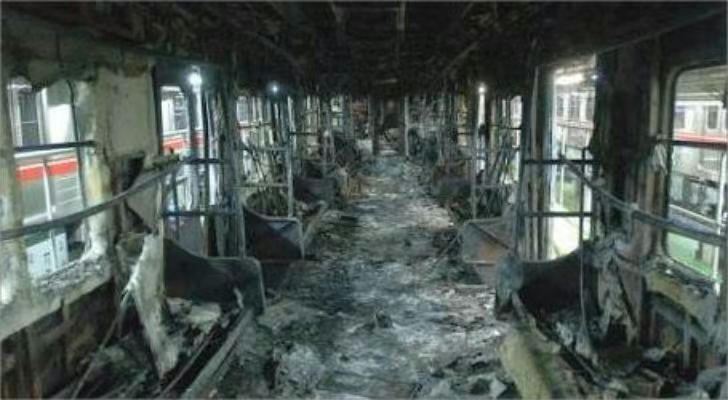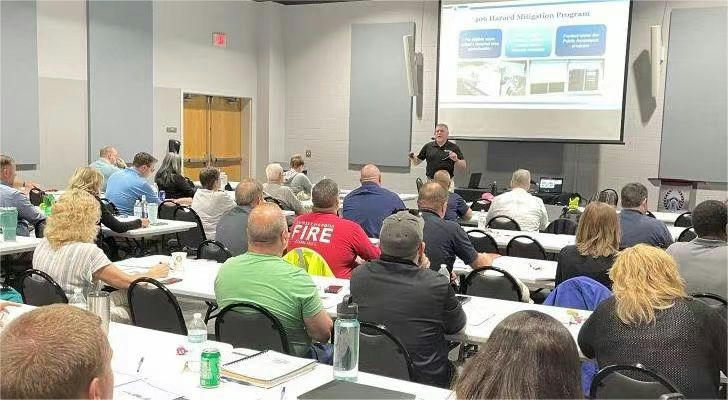How to Help Yourself Before Rescue Arrives During a Natural Disaster
Natural disasters like earthquakes, typhoons, floods, and landslides happen all over the world every year. These unexpected events can be overwhelming and cause major loss of life and property. When a disaster strikes, rescue teams often can’t get there right away.
In many cases, survival depends on whether you know how to help yourself. That’s why learning how to prepare and knowing what to do before help arrives can greatly increase your chances of survival.

Self-Rescue Stories
Story 1: A Survivor from the 2008 Wenchuan Earthquake in China
During the 2008 earthquake in Wenchuan, a student survived after being trapped under the rubble of a collapsed school for several days. The student quickly took cover under a sturdy desk when the earthquake struck and stayed calm while trapped, conserving energy until they were rescued.

Key Tips for Earthquake Survival:
1.Take Cover: If you’re indoors during an earthquake, quickly find sturdy furniture (like a table or bed) to protect yourself. Use your hands to shield your head and neck. If there’s no furniture nearby, move toward a corner or a load-bearing wall, as these areas are often safer.
2.Stay Calm: If you’re trapped, don’t shout excessively to avoid wasting energy and oxygen. Instead, try tapping on metal or other objects to signal for help.
3.Prepare Emergency Supplies: Always keep a kit with food, water, first-aid supplies, and a flashlight in an easy-to-reach spot at home. This way, if you’re trapped, you can sustain yourself until help arrives.
Story 2: The 2003 Daegu Subway Fire in South Korea
In this incident, many passengers lost their lives due to poor decisions during their escape. However, one person survived by figuring out where the fire was and escaping in the opposite direction. Instead of following the crowd toward the fire, he observed the smoke and found a safer escape route.

Key Fire Survival Tips:
1.Stay Low: During a fire, smoke and toxic gases spread quickly. To avoid inhaling smoke, crawl on the floor and find the nearest exit.
2.Cover Your Mouth and Nose with a Wet Towel: This helps filter out some harmful smoke and prevents your airways from burning.
3.Know Your Escape Route: Don’t use elevators during a fire, as they may stop working or trap you inside. Always use stairs or emergency exits to move away from the fire as fast as possible.
The Importance of Disaster Preparedness Training
The survivors in these stories didn’t just rely on luck—they had some knowledge of disaster preparedness and self-rescue techniques. Unfortunately, many people don’t get proper training, and when disaster strikes, panic can lead to deadly mistakes.
Disaster preparedness courses teach you how to recognize and respond to different natural disasters, and they improve your ability to stay calm and act effectively. Through these courses, you’ll learn:
• How to make quick, smart decisions in emergencies.
• How to use emergency supplies and equipment properly.
• Practical survival techniques for different disasters like earthquakes, floods, and fires.
By gaining these skills, you can protect not only yourself and your family but also help others during a crisis.
Disaster Preparedness Courses
What You’ll Learn:
These courses typically cover:
• Disaster Knowledge: Learn about different types of natural disasters, their warning signs, and how to respond.
• Emergency Planning: How to create emergency plans for yourself and your family, including evacuation routes and important contacts.
• Self-Rescue Skills: Practical skills to help you survive during disasters, use emergency equipment, and treat injuries.
• Practice Drills: Hands-on practice in a simulated disaster environment to prepare you for real situations.

Course Length and Cost:
• Duration: Usually, these courses last between one and three days, but some offer longer, advanced training.
• Cost: Prices vary by location and organization, ranging from a few hundred to several thousand yuan, covering materials, drills, and certification.
How to Sign Up:
• Training Centers: Check training center websites for course information and sign-up details.
• Local Community and Government: Some communities and government agencies offer these courses, so watch for announcements.
• Online Platforms: You can also find online courses for disaster preparedness, which allow you to learn from home.
Final Thoughts
While we can’t predict natural disasters, we can learn how to handle them. By taking a disaster preparedness course, you’ll get the knowledge and skills to protect yourself and others. When disaster strikes, these skills can make all the difference, giving you and those around you a better chance of survival.
Signing up for a disaster preparedness course isn’t just a step toward your own safety—it’s also a way to protect your family and contribute to a safer community. Even though you can’t control when or where disasters will happen, you can control how prepared you are.
